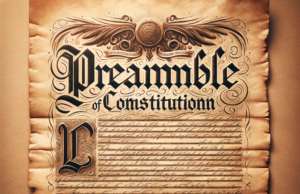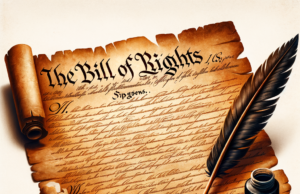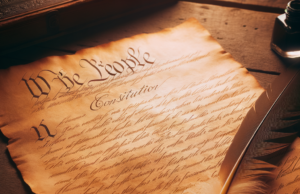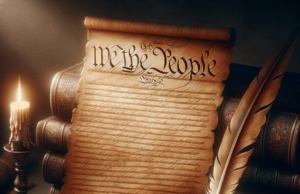Table of Contents

The Civil Rights Act of 1964: A Turning Point in American History
Part I: Background and Overview
Part II: The Impact of the Civil Rights Act of 1964
Part III: Legacy and Continued Relevance
Conclusion
The Civil Rights Act of 1964 was a landmark piece of legislation that represented a significant achievement in the civil rights movement. It helped to end legal discrimination and segregation in the United States, and paved the way for further progress in securing equal rights for all Americans. Its legacy continues to be felt today, as the fight for civil rights and equality remains ongoing.
In 1964, the U.S. Supreme Court ruled in favor of the Civil Rights Act of 1964, and as a result, any prior discrimination of minorities was ruled to be unconstitutional. However, many view the Civil Rights Act as a culmination of a nation’s arduous journey towards equality, comprised of prejudice, racism, and moral turpitude.
Although slavery is considered by many to be the origin of racism in the United States, many of the political figureheads responsible for the authorship of the Declaration of Independence, as well as the Constitution, were morally and ethically opposed to slavery. Yet, despite the initial permissibility of slavery, the 13th Amendment abolished all slavery within the United States upon its ratification in 1868.
Also passed in 1868 was the Fourteenth Amendment, which guaranteed civil rights to all citizens of the United States. In 1870, further advances in civil rights occurred when the 15th Amendment was passed ensuring all citizens the right to vote regardless of skin color. Until 1964, there have existed three renowned civil rights cases brought before the Supreme Court which have been regarded as the stepping stones towards the ultimate passing of the Civil Rights Act of 1964.
In 1857, the Dred Scott case, also known as Scott v. Sanford, was one of the first instances where a person of color retaliated against a perceived lack of civil rights. Dred Scott was a slave who had resided in Missouri, a state in which slavery was permissible at the time. After he had relocated to Illinois, and then Wisconsin, two states that had both abolished slavery at that time, he had considered himself, as well as his family, to be free due to the Missouri Supreme Court mandate passed in 1924 which ruled ‘once free, always free’ in conjunction with a slave being granted freedom. However, upon his return to Missouri, he was ordered to return to slavery.
Scott claimed that his return to slavery violated the freedom that he was awarded as per the Missouri Supreme Court. However, the Federal Supreme Court ruled that due to Scott’s status as a slave, and thus devoid of citizenship, he was to be considered property. Unwilling to violate the Fifth Amendment, which prohibits the Federal Government from removing private property without just cause, the Supreme Court ordered Scott’s return to the household of his former master.
In 1896, in his home state of Louisiana, an African-American named Homer Plessy boarded a train car designated to be for white passengers only. Upon his refusal to exit the car, he was summarily apprehended and brought before the Supreme Court on the grounds of civil disobedience. Although Plessy maintained that the act of prohibiting him from riding on a train car designated for white riders, which was a violation of civil rights granted to him in the Fourteenth Amendment, the Supreme Court Justice hearing the case ruled against Plessy, claiming that Louisiana’s ‘separate, but equal’ policy was not a violation of civil rights, but instead a matter of civic policy devoid of racial implications.
In 1954, Brown v. Board of Education was brought before the Supreme Court. After his daughter was prohibited from attending the school closest to their home due to the fact of segregation of the Kansas school system, Oliver Brown, an African-American, claimed that the prevention of his daughter from going to the school closest to their home was in direct violation of his Fourteenth Amendment rights as a United States citizen. After a review of the case, the Supreme Court ruled in favor of Brown, agreeing that segregation in public school was indeed unconstitutional, and as a result, national segregation was abolished.

























